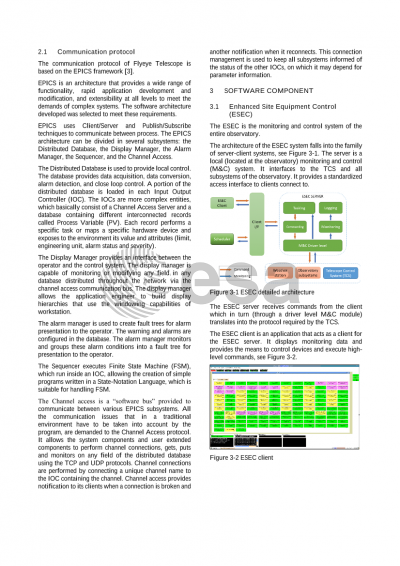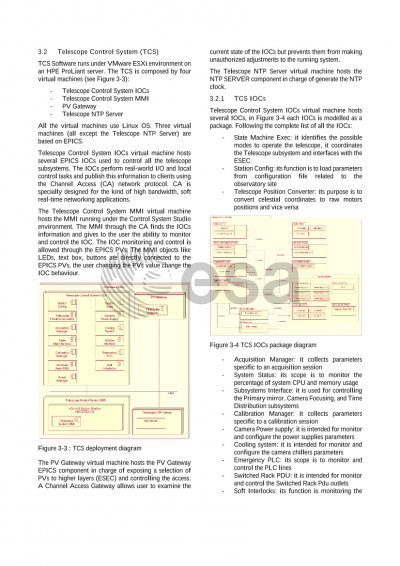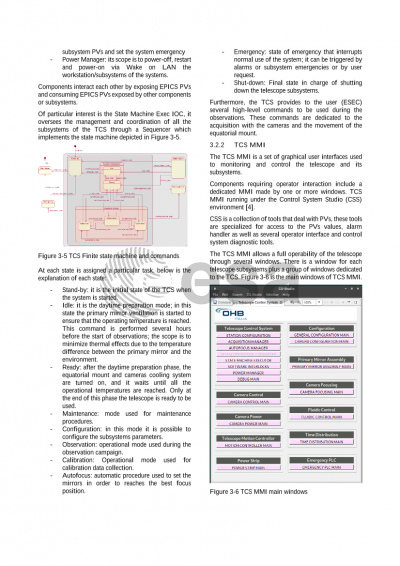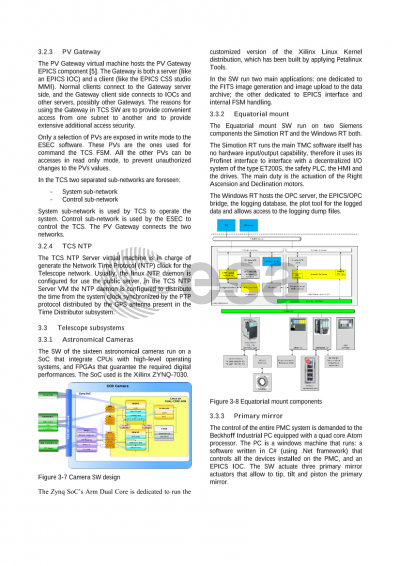Document details

Abstract
The NEO Survey Telescope Deployment (NEOSTED) project has the goal to develop, accept and deploy on site the first Flyeye prototype NEOSTEL (NEO Survey TELescope). The NEOSTEL telescope main aim is the Survey and Tracking of Near-Earth Objects (NEOs), part of the European Space Agency (ESA) Space Safety programme (S2P). The Flyeye telescope can also be tailored for Space Surveillance and Tracking (SST) application. OHB Italia is the prime contractor and the technical coordinator of a multinational consortium.
The telescope is based on a patented technology, named Flyeye, that splits the Field of View (FoV) into sixteen sub-FoV, granting high accuracy in an extremely wide Field of View (FoV=44 sq. degrees). The NEOSTED Telescope is therefore composed of 16 astronomical cameras, the equatorial mount, 16 camera focusing motors, 4 chillers, the time distribution system, 16 camera workstations, the primary mirror, the emergency PLC. Each of these subsystems has its own control software developed in distinct Operative System (OS) using different programming languages. At the same time, all these different subsystems need to work together in coordinated and synchronized manner to ensure efficient operation.
All parts of the system are therefore networked together, with the goal to provide coordinated control and feedback from a central control room and even remotely over the internet. In this paper we examine the integration of such distributed control system, composed of more than 50 items.
The Telescope Control System (TCS) is the software dedicated to the control and monitoring of all the subsystems that compose the Telescope. We will give a description of all SWs elements that compose the TCS, from the subsystems control software up to the top-level control SW. Focus of the description will be the SW specifically developed to control the entire system.
The SWs are developed both on Windows and Linux Operative System (OS) and are integrated together using the EPICS framework. The design follows a modular architecture that allows to monitor and control the Telescope from the very first phase of the project. Each telescope component is integrated in the TCS by means of dedicate software module that monitor and controls the subsystem, integrating it seamlessly in the framework. A Finite State Machine (FSM) coordinates all the subsystems and implements a set of high-level commands that allows to both perform observation campaigns and implement safety functions, hiding the complexity of the system to the users.
Preview








